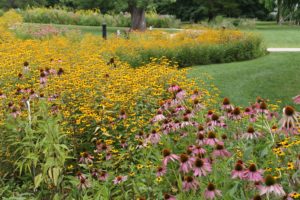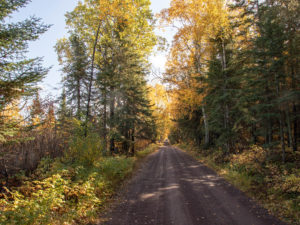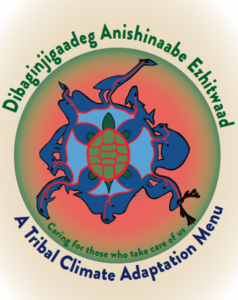Ganawenindiwag: Working with plant relatives to heal and protect Gichigami shorelines
Ganawenindiwag: Working with plant relatives to heal and protect Gichigami shorelines was published and created by Lake Superior National Estuarine Research Reserve in collaboration with The Great Lakes Indian Fish and Wildlife Commission, an intertribal agency committed to the implementation of treaty rights on behalf of its eleven-member Ojibwa tribes. This guide integrates indigenous and botanical knowledge and offers insights into methods of shoreline ecosystem stewardship using coastal plants. It identifies plant communities specific to the coastal landscape of the region and recommends approaching restoration using a plant community framework.
Ganawenindiwag was designed as a standalone guide to help users make coordinated and informed plant selections for vulnerable coastal environments, while inviting readers to see the close relationships between people and nature. In this guide, readers will be introduced to 97 unique species through corresponding photos, icons, and descriptions detailing plant relationships, environmental preferences, and bank stabilization potential. Restoring plants along the shore of Gichigami can help strengthen our ecosystem and community.
Image used with permission by the GLIFWC
Get involved
Now that you’ve learned more, the best way to create change is by getting involved! Donate your money or time, find support, and take action. Citizen climate action means a stronger, healthier, more vibrant Duluth!
Learn more about Ganawenindiwag: Working with plant relatives to heal and protect Gichigami shorelines
Citation: Ganawenindiwag Team. 2023. Ganawenindiwag: Working with plant relatives to heal and protect Gichigami shorelines. Great Lakes Indian Fish and Wildlife Commission,Odanah, Wisconsin. Lake Superior National Estuarine Research Reserve, Superior, Wisconsin. 93 p.



